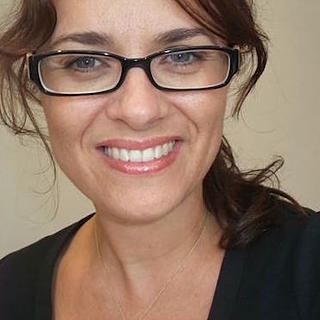The Importance of Hygiene Practices for Makeup Artists
- Sharon Leigh
- Feb 20
- 2 min read
In the dynamic world of makeup artistry, creativity stands at the forefront. Yet, behind every stunning look is an underpinning of impeccable hygiene practices. As a makeup artist, your commitment to cleanliness ensures your clients' safety and enhances your professional standing. Let’s explore why hygiene is paramount and the key practices to uphold, with a focus on preventing the spread of highly contagious conditions.
Why Hygiene Matters
Health and Safety: Makeup artists work intimately with skin, eyes, and lips, areas susceptible to infections. Poor hygiene practices can lead to the spread of highly contagious conditions such as conjunctivitis (pink eye), which can easily be transmitted through contaminated mascara or eye products. Herpes simplex virus causes cold sores and can spread via shared lip products.
Client Confidence: Demonstrating stringent hygiene practices boosts client trust. When clients see you adhering to rigorous cleanliness standards, such as a clean, organised kit and clean brushes, they feel assured of their safety.
Professional Standards: High hygiene standards reflect your dedication to industry best practices, enhancing your credibility and setting you apart as a true professional.
Product Longevity: Regular cleaning and correct storage of products and tools extend their lifespan and ensure the quality of your makeup applications.
Essential Hygiene Practices
Hand Hygiene: Begin each session with clean hands. Wash your hands thoroughly before and after serving each client, supplementing with an alcohol-based hand sanitiser if necessary.
Tool Sanitation: Disinfect brushes, sponges, and other tools after each use. Implement a cleaning process with mild soap and warm water, followed by an alcohol-based disinfectant to eliminate potential contaminants.
Product Management: Avoid double-dipping into products. Use a separate spatula to transfer creams or liquids onto a disinfected palette, reducing the risk of contamination.
Disposable Applicators: Avoid using your hand as a pallet! Not only does it look messy, it’s just gross! Employ the use of a pallet and pallet knife as well as single-use applicators for mascara and lip products to prevent cross-contamination and the spread of infections.
Client Skin Prep: Cleanse your client's skin thoroughly before makeup application, using gentle cleansers or wipes. This step minimises oil and bacteria that may lead to infections.
Workspace Cleanliness: Disinfect your workspace regularly, including tools, surfaces, mirrors, and seating areas to uphold a safe environment.
Personal Protective Equipment: Consider masks, especially if you or your client is ill, ensuring an additional layer of protection.
Stay Updated: Continuously update your knowledge on hygiene guidelines and innovations in the makeup industry to refine your practices. In Australia, we can gain more information at https://www.health.nsw.gov.au/environment/factsheets/Pages/beauty-treatment.aspx, and when working professionally as a freelance Makeup artist in film and television https://www.meaa.org/screen-production-industry-covid-safe-guidelines-and-resource/
Conclusion
In makeup artistry, hygiene is more than a set of practices—it's a commitment to health, safety, and client satisfaction. By integrating these hygiene protocols into your routine, you not only protect your clients from potentially dangerous infections but also solidify your reputation as a conscientious professional. Ensuring a clean environment and sanitized tools showcases your respect for your craft and the health of those who trust your skills. Your diligence in hygiene guarantees happy, healthy clients and a flourishing career.










Comments